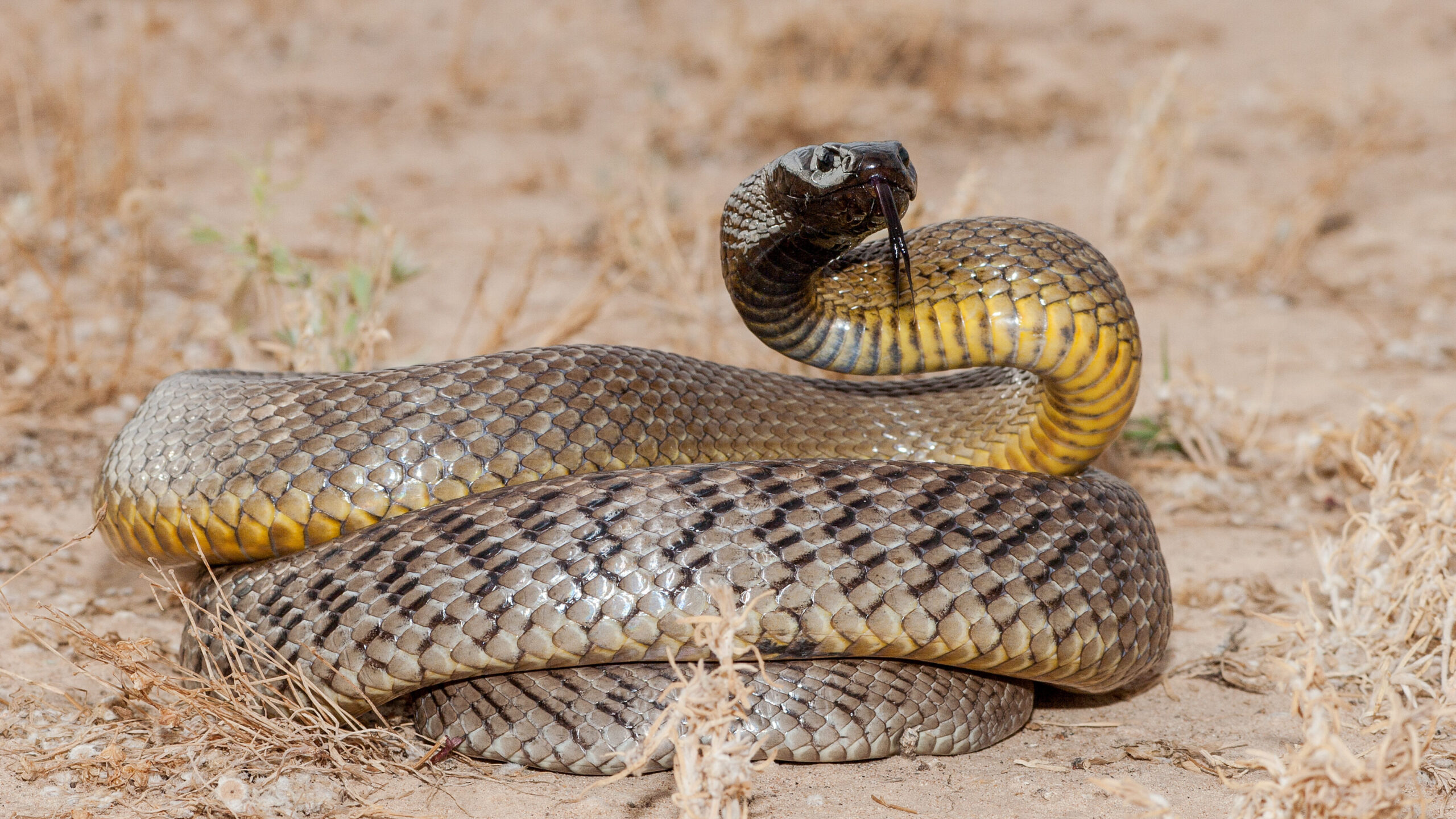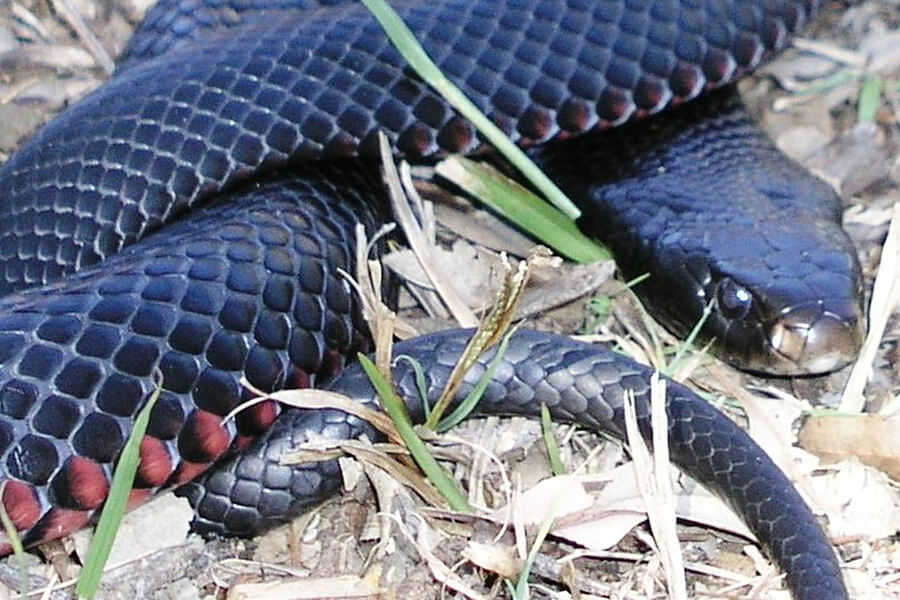Introduction
The tiger snake is one of Australia's a Rehabilitation Post-Bite lot of infamous reptiles, feared for its potent poison and aggressive personality. This fascinating animal plays a vital duty in the ecosystem, yet it typically deals with misconceptions that result in unnecessary anxiety. In this extensive short article, we will look into the world of the tiger snake, discovering its habitat, venom qualities, and essential first aid techniques in case of a serpent bite.
Understanding the Tiger Serpent: Habitat, Poison, and Emergency Treatment Essentials
Tiger snakes are predominantly found along the southerly coast of Australia, including Tasmania. They prosper in numerous environments such as marshes, seaside areas, and also city areas. Their adaptability makes them effective predators; nevertheless, their proximity to human environments often brings about experiences that can lead to bites.
This article aims to debunk tiger snakes by reviewing their habitat preferences, examining their poison composition and impacts on human beings, eastern brown snake venom and providing vital first aid information for bites.
1. Tiger Serpent Habitat: Where Do They Live?
1.1 Summary of Tiger Snake Distribution
Tiger snakes (Notechis scutatus) are mainly located in southern Australia and Tasmania. They occupy different communities varying from seaside marshes to freshwater lakes.
- Coastal Regions: Tiger snakes are often seen near coastlines where they hunt for fish and amphibians. Wetlands: These areas give sufficient hiding spots and bountiful prey. Urban Areas: As cities expand into all-natural habitats, tiger serpents might be seen venturing into suburban yards or parks.
1.2 Preferred Habitats of Tiger Snakes
Tiger serpents choose wet settings where water sources are readily available. Their environments normally consist of:
- Marshes: The thick greenery allows them to ambush prey effectively. Swamps: These areas use shelter from predators while supplying an abundant hunting ground. Riversides: Water bodies attract several pets which act as food resources for these snakes.
1.3 Environmental Variables Influencing Environment Choice
Several aspects affect where tiger snakes select to stay:

- Temperature: Being ectothermic (cold-blooded), they require warm settings for ideal task levels. Prey Schedule: High populaces of frogs and tiny creatures bring in these snakes. Shelter: Dense greenery serves not just as camouflage but likewise as protection against prospective threats.
2. Are Tiger Snakes Venomous? Comprehending Their Venom
2.1 Structure of Tiger Snake Venom
Yes! Tiger snakes are undoubtedly venomous creatures. Their venom is a complicated combination consisting of neurotoxins that can create paralysis and coagulopathies affecting blood clotting mechanisms.
Key Parts of Poison:
- Neurotoxins: Impact nerve function leading to paralysis. Hemotoxins: Damages capillary causing internal bleeding.
Understanding these components aids us appreciate the potency of a tiger serpent bite.
2.2 Results of a Tiger Snake Bite on Humans
A bite from a tiger snake can cause severe signs and symptoms:
- Local Signs and symptoms: Discomfort, swelling, and discoloration at the bite site. Systemic Symptoms: Nausea, vomiting, difficulty taking a breath due to paralysis or tightness of airways.
Severity Levels
Minor Bite: Localized discomfort without systemic symptoms. Moderate Bite: Systemic signs but manageable with clinical care. Severe Bite: Serious; calls for immediate medical intervention.3. Determining Various Types of Tiger Snakes
3.1 Eastern vs Tasmanian Tiger Snakes
There are 2 main groups based upon geographical circulation:
Eastern Tiger Serpent (Notechis scutatus)
Found along eastern shorelines up to Queensland.
Tasmanian Tiger Snake (Notechis scutatus)
Adapted specifically to Tasmania's special environment with somewhat varying pigmentation patterns.
3.2 Shade Variations in Habitat Preferences
Tiger snakes display significant color variants depending on their habitat:
- Coastal populations typically present red stripes or blotches for far better camouflage against sandy shores.
4. Habits Patterns of Tiger Snakes
4.1 Aggressiveness Level
Tiger serpents are understood for their aggressive habits when intimidated or collared which can lead to defensive strikes if provoked.
4.2 Hunting Techniques
They possess amazing dexterity permitting them to strike quickly at target such as frogs or little rodents mainly during golden hours when they're most energetic-- making them nighttime hunters!
5. First Aid for Snake Bites: Crucial Steps You Must Know
When it concerns taking care of snake attacks, understanding is vital!
5.1 Immediate Actions After a Bite
If bitten by a tiger snake:
Stay tranquility! Panic raises heart price which spreads out venom quicker with your bloodstream.
Apply stress around the wound using tidy cloths-- stay clear of reducing or drawing out venom!
Remove limited clothing/jewelry near the bite website; swelling might take place rapidly.
Immobilize the impacted limb using splints preferably-- this restricts motion assisting reduce venom spread!
5.2 Obtaining Medical Help
Seek emergency situation medical assistance right away! Time is essential when managing possible envenomation from tiger snakes!
5.3 Emergency treatment Package Fundamentals for Snake Bites
Having a fully equipped first aid package can make all the distinction during emergency situations:
|Thing|Description|| ------|-------------|| Pressure Bandage|Helps immobilize wound|| Clean and sterile Gauze|For clothing injuries|| Emergency Situation Call Info|Quick access numbers|| Antivenom Details|Expertise regarding neighborhood antivenoms|
6 Frequently asked questions Regarding Tiger Snakes
Q1: Are all tiger snakes dangerous?
A: While all have poisonous abilities influencing people dramatically-- most like avoidance unless threatened!
Q2: How rapidly does tiger serpent venom influence humans?

Q3: Can you survive a tiger serpent bite without treatment?
A: Unattended bites can be fatal because of fast progression; instant treatment is crucial!
Q4: What should I do if I run into one?
A: Preserve range & & back away slowly; prevent unexpected movements that might provoke aggression!
Q5: Just how typical are bites from tiger snakes?
A: Although experiences take place frequently-- actual attacks continue to be reasonably unusual due greatly due precautionary procedures taken by citizens living within affected ranges.
Q6: Is there a remedy available?
A: Yes! Antivenoms details for Australian types exist-- clinical centers lug these medications ready when required urgently post-bite incidents!
7 Conclusion
Understanding the ins and outs surrounding "Recognizing the Tiger Snake: Environment, Venom, and Emergency Treatment Basics" is paramount not just for personal security however likewise cultivating conjunction with these exceptional animals occupying Australia's landscape! By learning more regarding their habits & & efficient response strategies relating to possible encounters-- we equip ourselves better against unneeded concerns while valuing nature's diversity totally! So let's embrace education and learning instead are afraid-- it leads in the direction of harmony between humanity wildlife alike!
